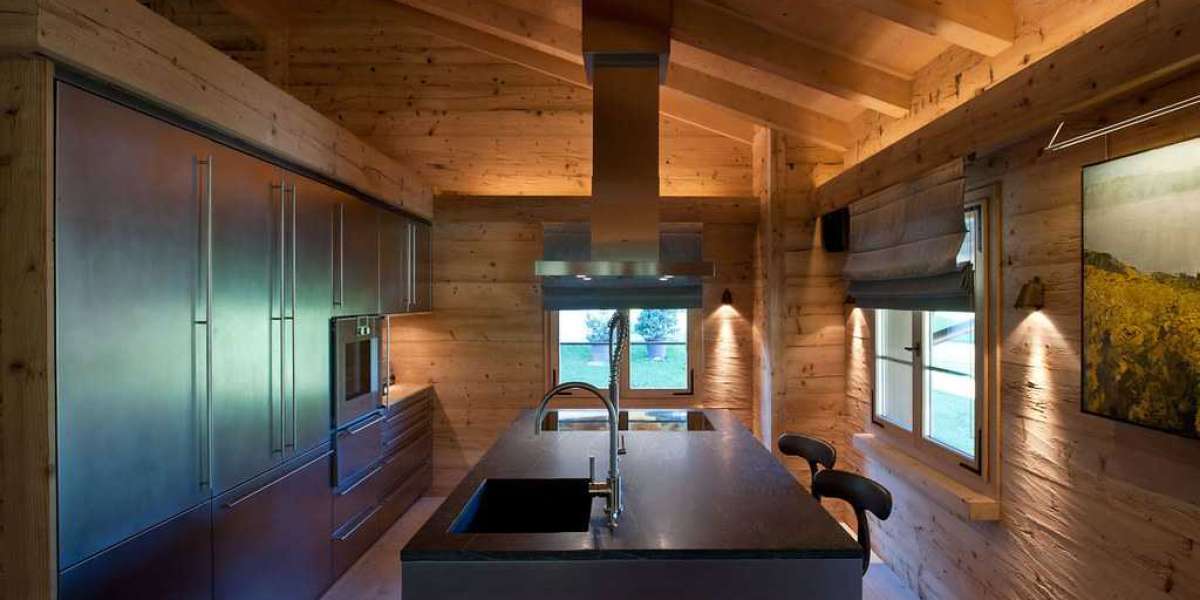Suspended ceilings, also known as drop ceilings or false ceilings, are a popular choice for various spaces, including bathrooms. However, before deciding whether to install one in your bathroom, it's essential to weigh the pros and cons. The advantages and disadvantages of suspended Ceiling Ideas Bathroom, help you make an informed decision for your renovation or construction project.
Pros of Installing a Suspended Ceiling:
- Easy Installation
Suspended ceilings are relatively easy to install compared to traditional drywall ceilings. They consist of lightweight panels that are suspended from a metal grid, allowing for quick and straightforward assembly. This makes them an attractive option for DIY enthusiasts or contractors looking to save time and labor costs during the renovation process.
- Accessibility
One of the significant advantages of suspended ceilings is their accessibility. The removable panels allow easy access to the space above the ceiling, making it convenient to perform maintenance or repairs on plumbing, electrical wiring, or HVAC systems without disrupting the entire ceiling structure. This accessibility can save time and money in the long run, as it minimizes the need for extensive demolition and reconstruction.
- Sound Absorption
Suspended ceilings can help improve acoustics in the bathroom by absorbing sound and reducing noise transmission between rooms. This can be particularly beneficial in multi-story homes or apartments where soundproofing is essential for privacy and comfort. Additionally, suspended ceilings can dampen echoes and reverberations, creating a more pleasant and peaceful environment for bathing and relaxation.
- Concealing Imperfections
If your bathroom ceiling has imperfections such as uneven surfaces or exposed pipes, a suspended ceiling can provide a smooth and uniform appearance. The suspended panels can conceal unsightly elements and create a clean and cohesive aesthetic, enhancing the overall visual appeal of the space. Additionally, suspended ceilings can be customized with various finishes and textures to complement your bathroom decor and style preferences.
Cons of Installing a Suspended Ceiling:
- Reduced Ceiling Height:
One of the primary drawbacks of suspended ceilings is that they can reduce the overall ceiling height in the bathroom. Since the panels are suspended below the structural ceiling, they take up valuable vertical space, making the room feel smaller and more confined. This can be a significant consideration for bathrooms with low ceilings or limited headroom, as it may exacerbate feelings of claustrophobia or discomfort. If you want to Read More about ceiling ideas then I will suggest you to visit TUBSAFE.
- Moisture Issues:
Bathrooms are inherently humid environments, and suspended ceilings may be more susceptible to moisture damage compared to traditional drywall ceilings. If not properly installed or sealed, the panels and metal grid of a suspended ceiling can become vulnerable to mold, mildew, and water damage over time. Additionally, the presence of moisture can compromise the structural integrity of the ceiling materials and pose health risks to occupants.
- Limited Design Options:
While suspended ceilings offer versatility in terms of accessibility and customization, they may have limited design options compared to other ceiling types. The standard grid pattern and uniform panels may lack the architectural interest and visual appeal of alternative ceiling styles, such as vaulted ceilings or exposed beams. If you're seeking a more distinctive and upscale look for your bathroom, a suspended ceiling may not fulfill your design aspirations.
- Maintenance Requirements:
Maintaining a suspended ceiling in the bathroom requires regular upkeep to ensure its longevity and performance. This includes periodic cleaning to remove dust, dirt, and debris from the panels and grid, as well as inspection for signs of moisture damage or corrosion. Additionally, any repairs or replacements to damaged panels or components must be promptly addressed to prevent further deterioration and maintain the integrity of the ceiling system.
Conclusion:
Installing a suspended ceiling in the bathroom offers both advantages and disadvantages that should be carefully considered before making a decision. While suspended ceilings provide easy installation, accessibility, sound absorption, and concealing imperfections, they may also come with drawbacks such as reduced ceiling height, moisture issues, limited design options, and maintenance requirements. By weighing these factors and assessing your specific needs and preferences, you can determine whether a suspended ceiling is the right choice for your bathroom renovation or construction project.



